Pest ID
Pest Identification and Facts
Learn More About Common Pests and How to Spot Them
Ants

Facts About Ants
Ants are incredibly strong, capable of lifting objects up to 50 times their own body weight, and they live in highly organized colonies with a clear division of labor, including roles such as workers, soldiers, and queens. They communicate using chemicals called pheromones, which they use to leave trails for other ants to follow, and there are over 12,000 species of ants found on every continent except Antarctica. Some ant species form mutualistic relationships with plants and other insects, providing protection in exchange for food, and despite their small size, ants play a crucial role in the ecosystem by aiding in soil aeration and decomposition.
Types Of Ants
- Carpenter Ant: Known for nesting in wood, often causing structural damage.
- Odorous House Ant: Small ants that emit a foul odor when crushed.
- Pavement Ant: Commonly found nesting in cracks in pavement and sidewalks.
- Fire Ant: Recognizable by their reddish color and painful sting.
- Argentine Ant: Often found in large colonies, known for displacing native ant species.
How to Identify
- Small Size: Ants are typically small, ranging from 1/16 to 1/2 inch in length.
- Segmented Body: They have a segmented body with a narrow waist, known as the petiole, connecting the thorax and abdomen.
- Antennae: Ants have elbowed antennae that bend in the middle, which they use for sensing their environment.
How to Treat
- Bait Traps: Use bait traps to attract ants, which they then carry back to their colony, effectively eliminating the entire nest.
- Seal Entry Points: Seal cracks and crevices around your home to prevent ants from entering.
- Cleanliness: Maintain cleanliness by keeping food sealed and surfaces free of crumbs to reduce attractants for ants.
Bed Bugs
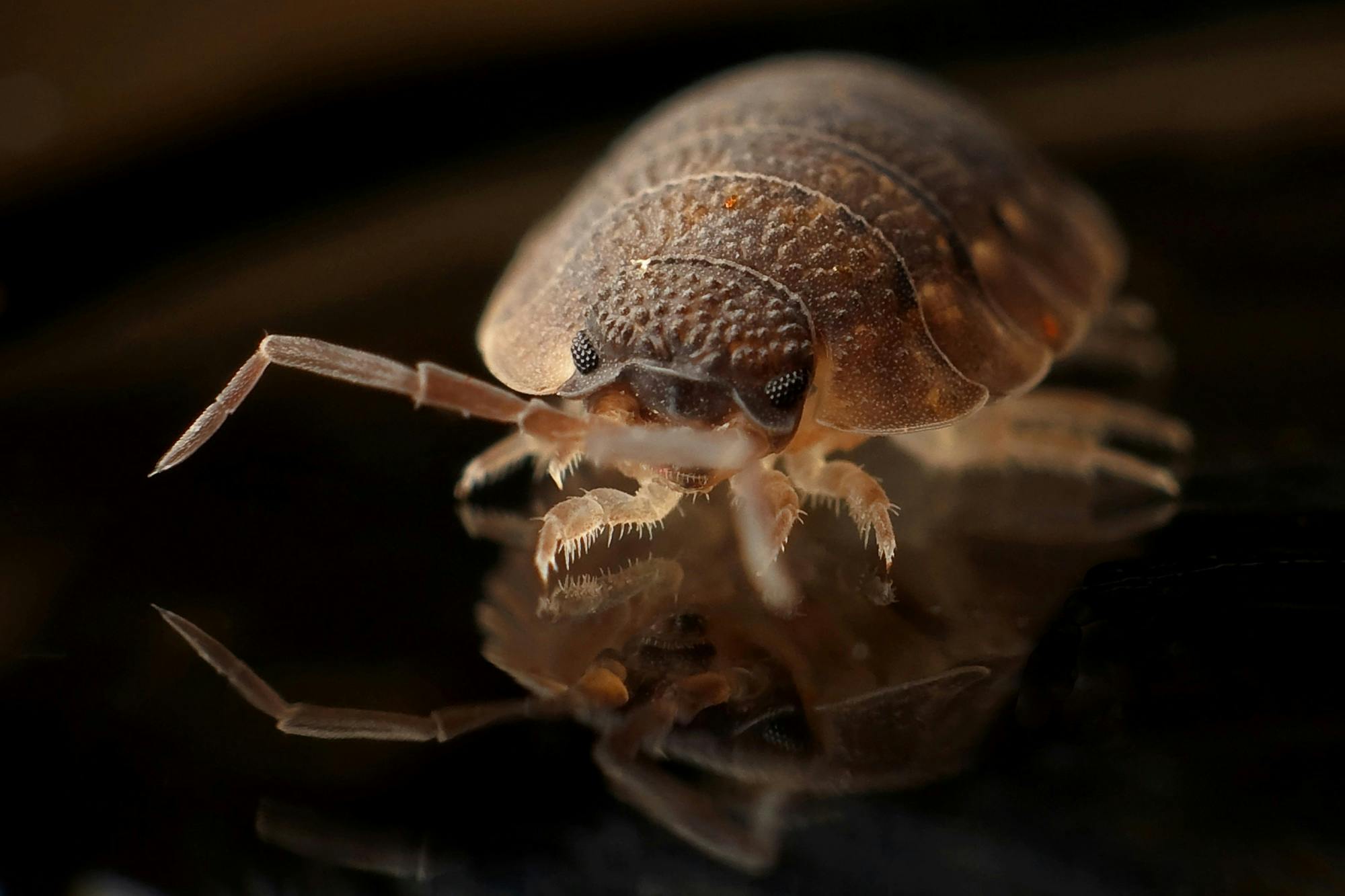
Facts About Bed Bugs
Bed bugs are small, reddish-brown insects that feed on the blood of humans and animals, usually at night. They are excellent hitchhikers, often spreading through luggage, clothing, and used furniture. Bed bugs can survive for several months without feeding, making them particularly difficult to eliminate once they infest an area.
How to Identify
- Small Size: Bed bugs are small, usually about the size of an apple seed, ranging from 1/4 to 3/8 inch in length.
- Flat, Oval Shape: They have a flat, oval-shaped body that becomes more elongated and swollen after feeding.
- Reddish-Brown Color: Bed bugs are reddish-brown in color, but they appear darker after feeding on blood.
How to Treat
- Heat Treatment: Use professional heat treatments to raise the temperature in infested areas above 120°F, which effectively kills bed bugs at all life stages.
- Insecticide Application: Apply insecticides specifically designed for bed bugs to cracks, crevices, and other hiding places, ensuring thorough coverage.
- Vacuuming: Regularly vacuum carpets, furniture, and mattresses to remove bed bugs and their eggs, and immediately dispose of the vacuum bag outside.
Rodents
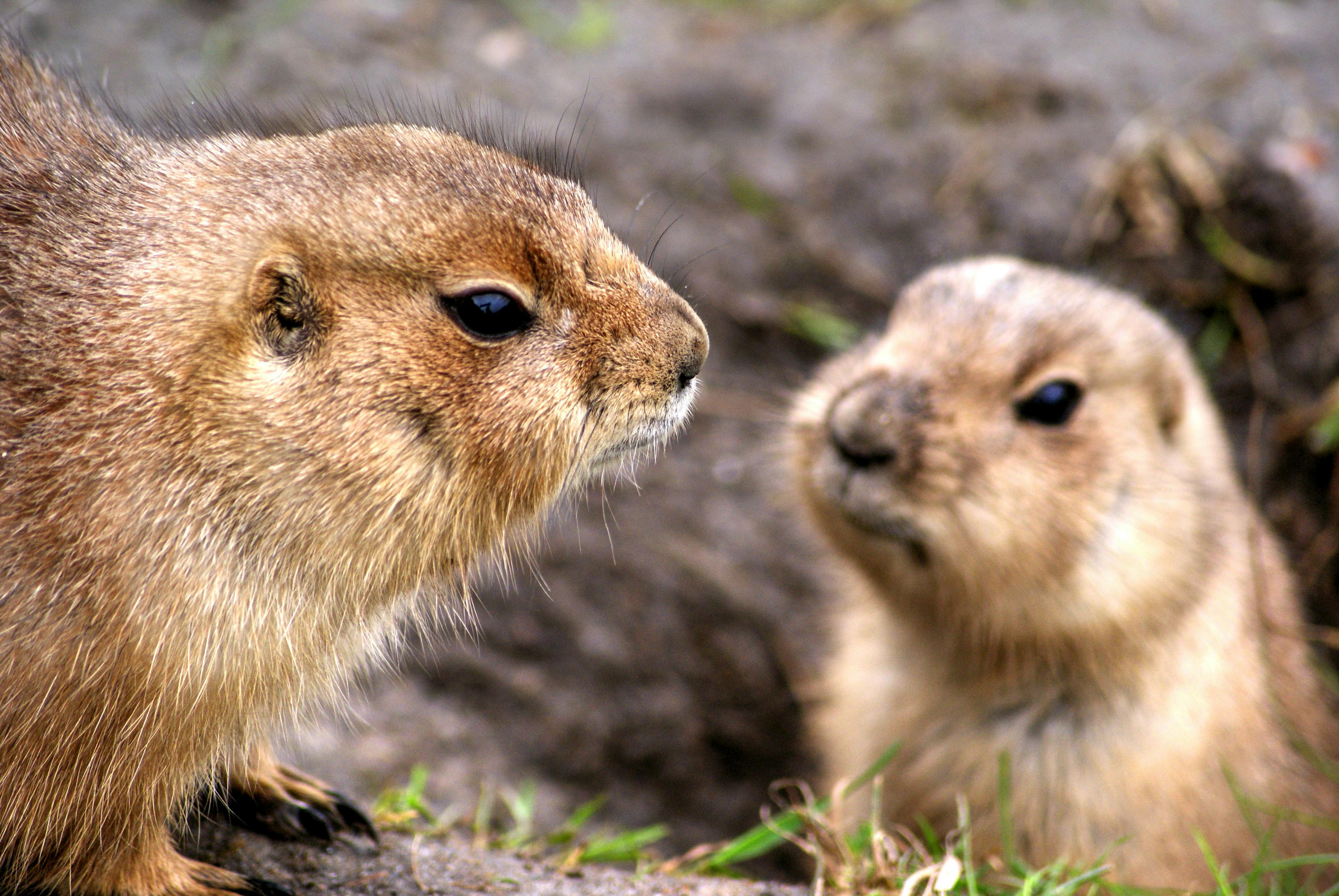
Facts About Rodents
Rodents are mammals characterized by their continuously growing incisors, which they must gnaw on to keep from overgrowing. They are highly adaptable creatures found on every continent except Antarctica, thriving in various habitats ranging from urban areas to forests and grasslands. Rodents play essential roles in ecosystems as both prey and predators, but they can also pose significant challenges as pests when they invade human dwellings, causing damage and transmitting diseases.
How to Identify
- Size and Shape: Rodents vary in size and shape, but they generally have small, compact bodies with short legs and tails. Rats are typically larger and more robust than mice, with longer tails and thicker bodies.
- Fur Color and Texture: Rodents may have different fur colors and textures depending on the species. Common colors include brown, gray, and black, with variations in patterns and markings. Some rodents may have sleek, smooth fur, while others have coarse or wiry coats.
- Facial Features: Pay attention to the facial features of rodents, including the shape of their snouts, ears, and eyes. Mice usually have small, rounded snouts and large ears relative to their body size, while rats have more elongated snouts and ears that are proportionate to their head size.
How to Treat
- Bait Stations: Place bait stations strategically in areas where rodents are active, using rodenticides that are specifically formulated to attract and kill rodents. The rodents will consume the bait and carry it back to their nests, effectively reducing the population.
- Sealing Entry Points: Identify and seal any potential entry points that rodents may use to access your home or building. This includes gaps in walls, doors, windows, and utility penetrations, as well as cracks in the foundation.
- Sanitation: Maintain cleanliness and eliminate potential food sources that may attract rodents. Store food in sealed containers, clean up spills and crumbs promptly, and dispose of garbage regularly to reduce the availability of food for rodents.
Mosquitos
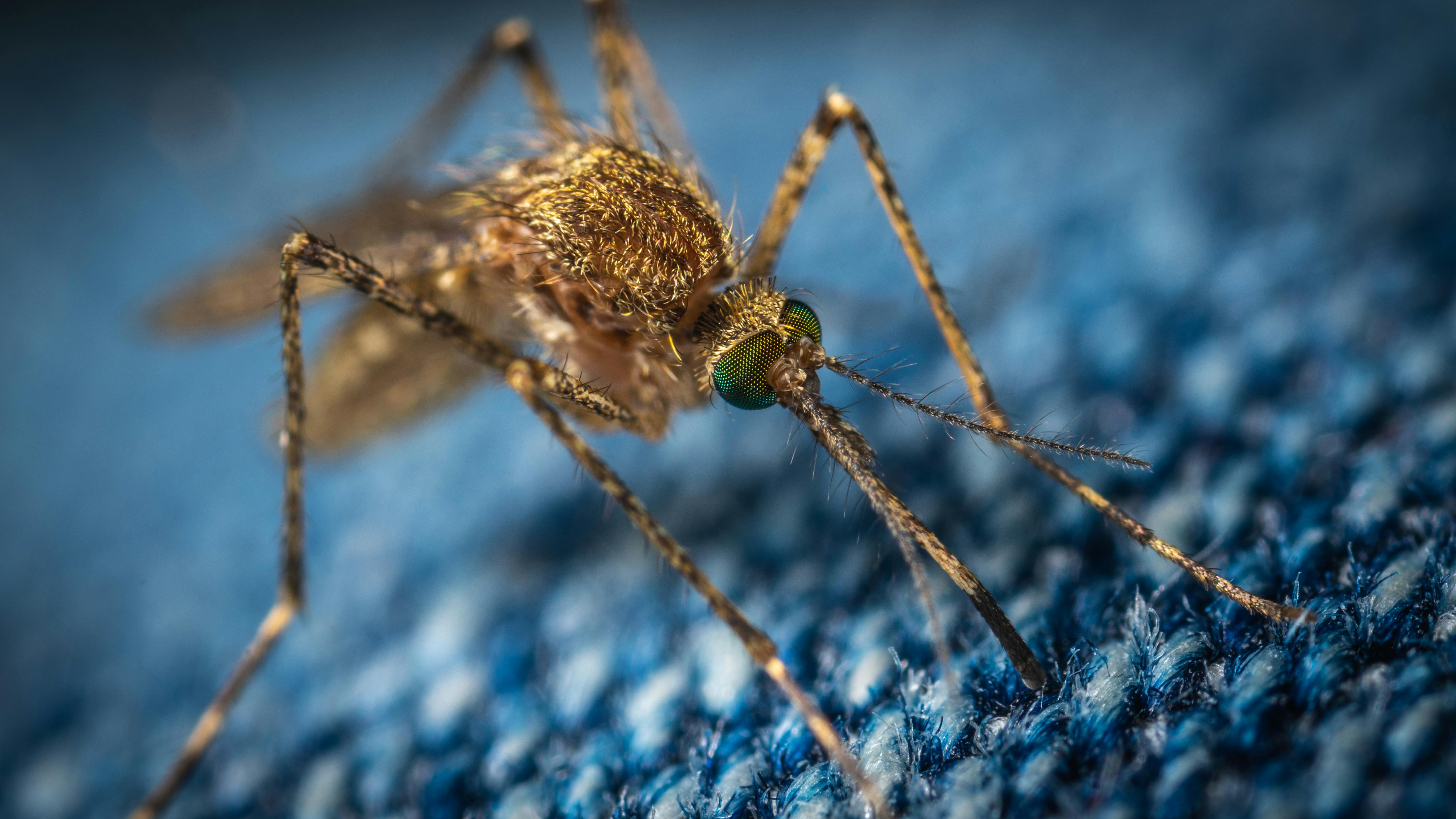
Facts About Mosquitos
Mosquitoes are small, flying insects known for their ability to bite and feed on the blood of humans and animals. They are vectors for various diseases, including malaria, dengue fever, and Zika virus, making them a significant public health concern. Mosquitoes breed in stagnant water, where their larvae develop before emerging as adults
How to Identify
- Slender Body: Mosquitoes have slender bodies that typically range from 1/8 to 3/8 inch in length, with long, thin legs and a narrow abdomen.
- Wings: They have two long, translucent wings that often have tiny scales along the veins, giving them a delicate appearance.
- Long Proboscis: Mosquitoes possess a long, needle-like proboscis used for piercing the skin and feeding on blood, which is a distinctive feature of their appearance.
How to Treat
- Eliminate Standing Water: Remove or treat any standing water around your home, such as in birdbaths, flowerpots, and gutters, to prevent mosquitoes from breeding.
- Insect Repellents: Use insect repellents containing DEET, picaridin, or oil of lemon eucalyptus on exposed skin and clothing to deter mosquito bites.
- Mosquito Traps: Set up mosquito traps that use attractants like carbon dioxide and light to lure and capture mosquitoes, reducing their population in the area.
Fleas
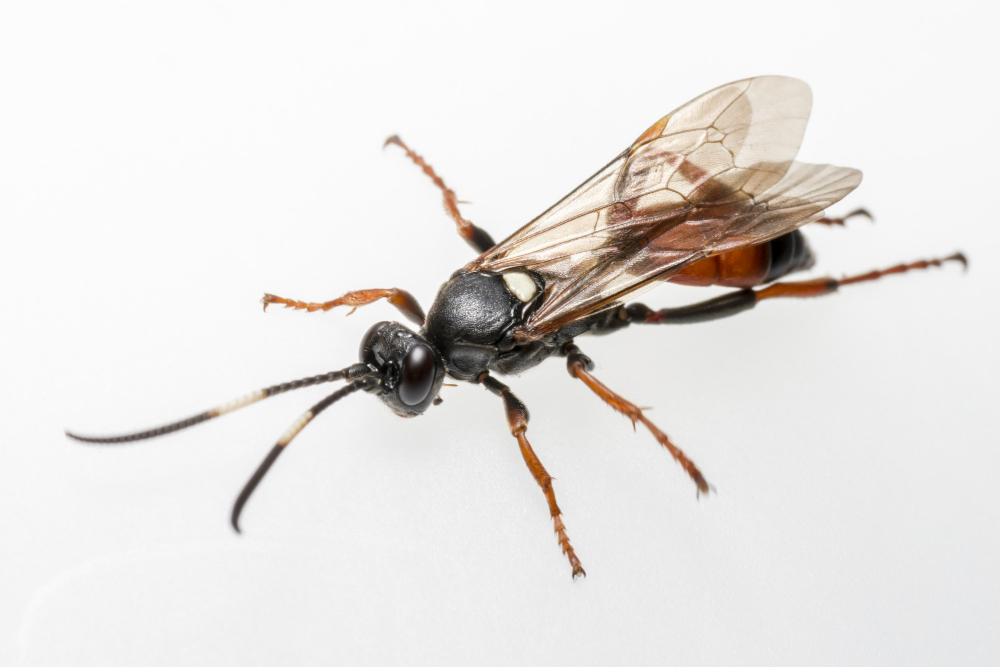
Facts About Fleas
Fleas are small, wingless insects known for their ability to jump long distances and their role as external parasites on mammals and birds. They feed on the blood of their hosts, causing itching and discomfort, and can transmit diseases such as the plague and murine typhus. Flea infestations often begin with pets but can quickly spread to carpets, bedding, and furniture in a household.
How to Identify
- Small Size: Fleas are very small, typically measuring about 1/12 to 1/6 inch in length, making them difficult to spot with the naked eye.
- Flattened Body: Fleas have a laterally flattened body, which allows them to move easily through the fur of their hosts.
- Jumping Ability: Fleas are known for their powerful hind legs, enabling them to jump long distances relative to their size, often several inches high and far.
How to Treat
- Flea Treatments for Pets: Use flea treatments such as topical solutions, oral medications, or flea collars specifically designed to kill and repel fleas on pets.
- Vacuum Regularly: Vacuum carpets, rugs, furniture, and pet bedding frequently to remove fleas, eggs, and larvae. Dispose of the vacuum bag or contents immediately to prevent re-infestation.
- Insect Growth Regulators (IGRs): Apply insect growth regulators in your home to disrupt the flea life cycle by preventing eggs and larvae from developing into adult fleas.
Spiders
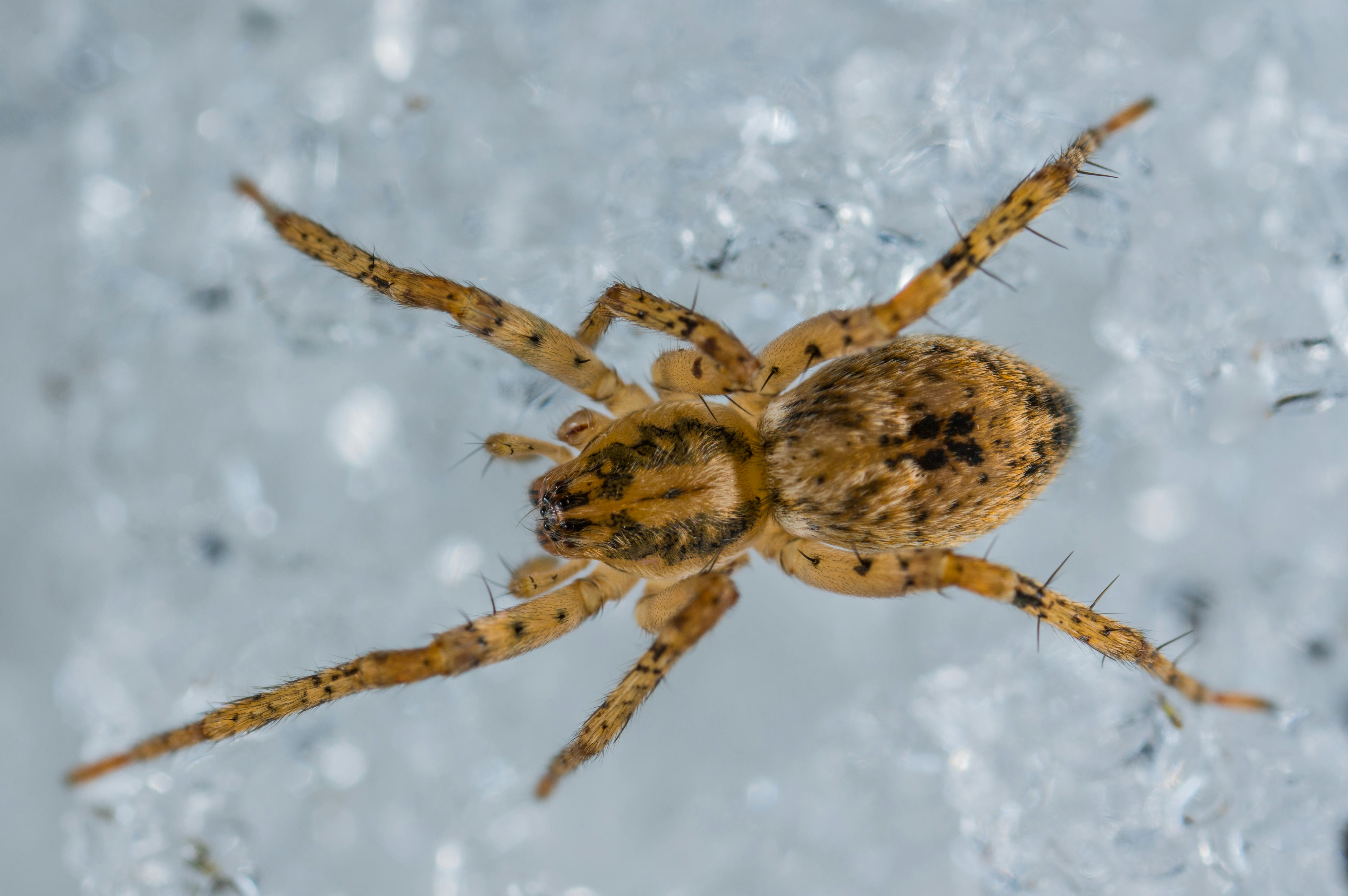
Facts About Spiders
Spiders are arachnids, characterized by having eight legs and a body divided into two main segments: the cephalothorax and abdomen. They are found in nearly every habitat on Earth and play a crucial role in controlling insect populations. While most spiders are harmless to humans, some species, such as the black widow and brown recluse, have venomous bites that can pose health risks.
Types Of Spiders
- House Spider: Often found in homes, sheds, and basements.
- Black Widow: Recognizable by the red hourglass shape on its abdomen.
- Brown Recluse: Known for the violin-shaped marking on its back.
- Wolf Spider: Large, hairy spiders commonly found in gardens and grassy areas.
- Jumping Spider: Small, agile spiders with distinctive eye patterns, often found indoors and outdoors.
How to Identify
- Eight Legs: Spiders have eight legs, distinguishing them from insects, which have six legs.
- Two Body Segments: Spiders have two main body segments: the cephalothorax (head and thorax combined) and the abdomen.
- Silk Production: Spiders produce silk from spinnerets located at the rear of their abdomen, which they use to build webs, wrap prey, and create egg sacs.
How to Treat
- Remove Clutter: Clear away clutter and debris from indoor and outdoor areas to eliminate hiding spots for spiders.
- Seal Entry Points: Seal cracks, gaps, and openings around windows, doors, and foundation to prevent spiders from entering buildings.
- Regular Cleaning: Regularly clean and vacuum indoor spaces, especially corners, ceilings, and behind furniture, to remove webs and spiders.